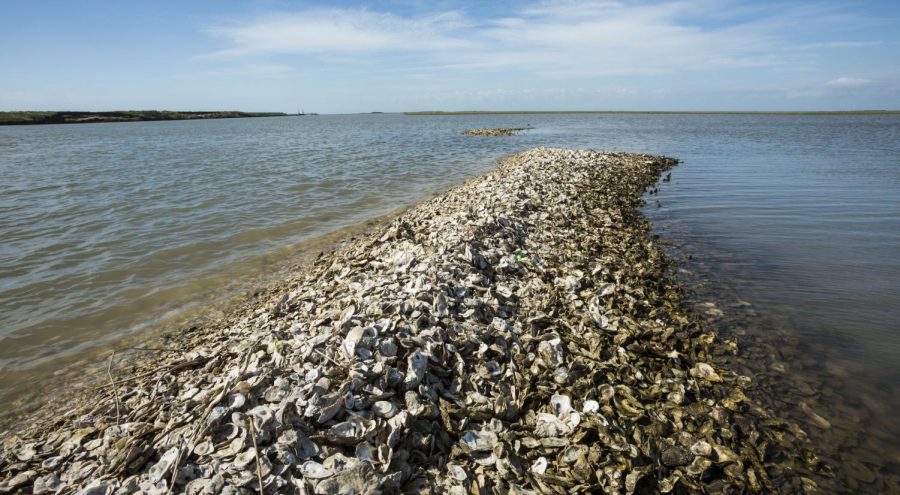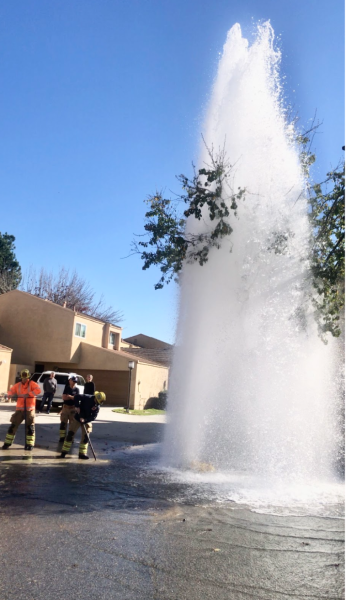California Coastlines
Oyster reefs are one of the newest methods of preventing coastal erosion. Communities even in Orange County are working to establish oyster beds to buffer abrasive currents.
April 25, 2020
Beaches are perhaps one of the most iconic landscapes that characterize California as a state. In fact, U.S. News comments that “when first-time visitors imagine California, one of the first things that comes to mind is the beach.” This is likely due to the fact that California boasts more than 420 public beaches, with over 840 miles of coastline (Thrillist). Isabel Smith (9) says “[she] just went to the beach a few months ago” and “[she] really likes going there.” Unfortunately for Isabel, even the most popular beaches face endangerment.
Outside of California, oceanfront communities have also been affected by the erosion of beaches. Such erosion is caused by the abrasion of water and wind, so that sand is removed from the beach and carried elsewhere (Study). Although it is a natural process, the erosion has increased rapidly as climate change and melting ice caps continue to fuel rising sea levels. “There has always been erosion” according to ABC News, but it “increased ferociously over the past 10 years,” due to climate change.
To put into perspective, U.S. Environmental Protection Agency estimates that about 80-90 percent of American beaches have experienced coastal erosion in the past decades. According to Scientific American, a majority of this percentage “may be losing only a few inches per year.” When affected by climate change-induced El Niño, “researchers found… beach erosion was 76 percent above normal, by far the highest ever recorded” (Beachapedia).
Other than the destruction of the landscape, erosion damages nearby residences, businesses, and infrastructure. Roads are corrupted, buildings are flooded, and homes are evacuated. At its current rate, erosion costs the United States “roughly $500 million per year for… damage to structures and loss of land.” (Climate Resilience). The danger of erosion is especially significant in highly populated areas that are clustered near coastlines, such as Southern California.
It has become such a relevant issue that there have been many local, state, and national attempts towards prevention. Sand replenishing is a common prevention method, along with the construction of sand dunes or sea walls, concrete walls that redirect the energy of currents (Coastal Management). These methods, specifically the sea wall, are very costly for homeowners and taxpayers. According to Scientific American, constructing sea walls for California alone could collectively cost “more than $22 billion dollars.” Vice President of Taxpayers for Common Sense, Steve Ellis, claims that each aforementioned method “…is not sustainable, either money wise, sea-level-rise-wise… or the-actual-finding-the-sand-wise.”
In areas unable to replenish their beaches, people and businesses are forced to relocate in a process termed “managed retreat.” The process of managed retreat has been met with much contest, as individuals and communities are torn from their settlements. Beachapedia comments that managed retreat “… is not often a popular option” that is often “politically difficult to implement.”
Fortunately, new methods of erosion prevention are constantly being discovered and tested; among such methods are the implementations vegetation dunes, sea grass, and even oyster reefs (NAP). It is important that these methods find success because Climate Resilience predicts that without “human intervention,” coastal erosion will only increase with time.





















